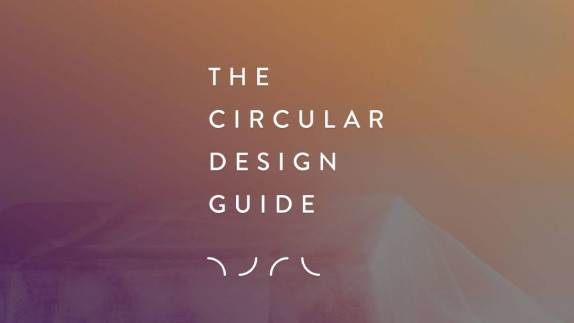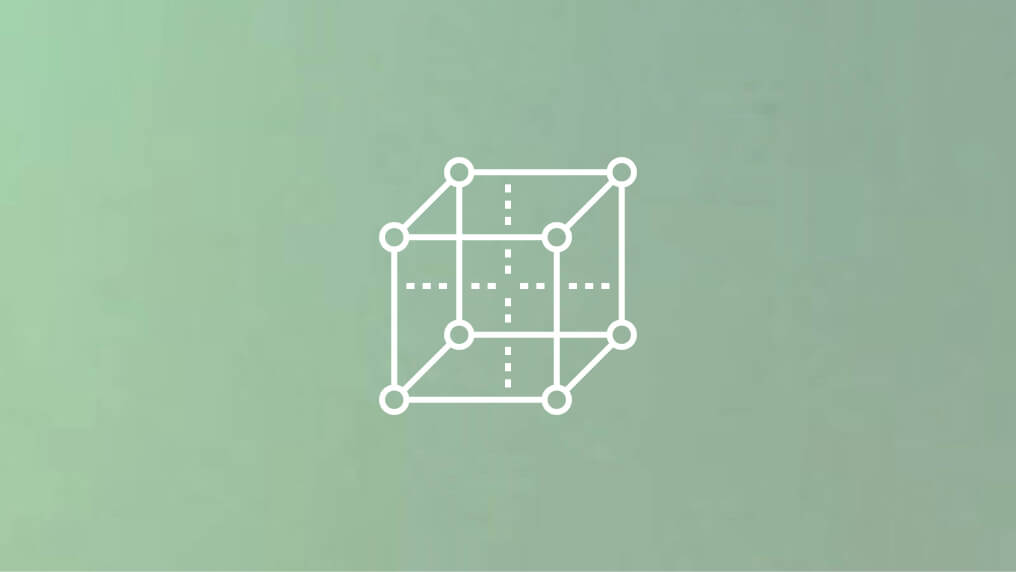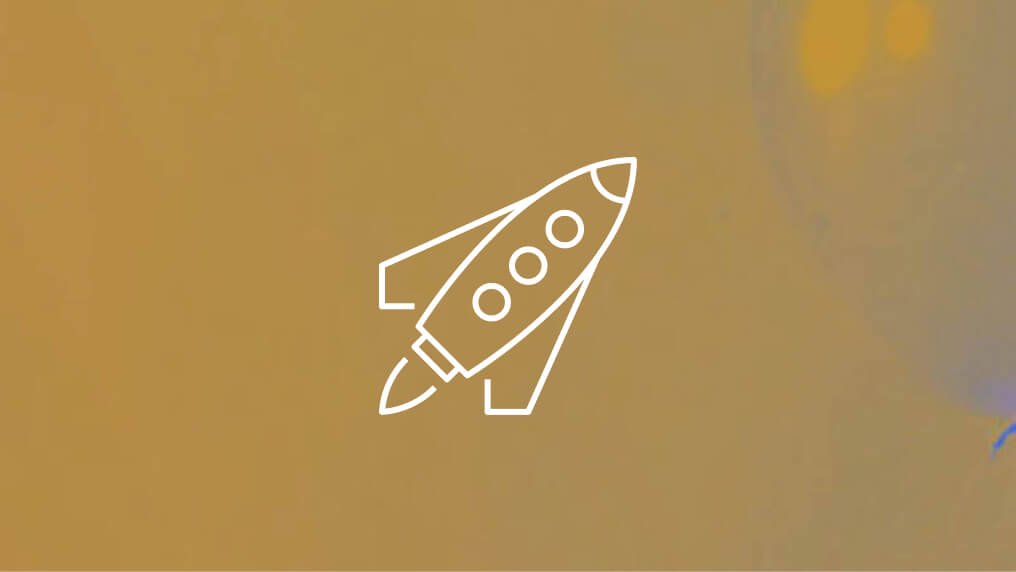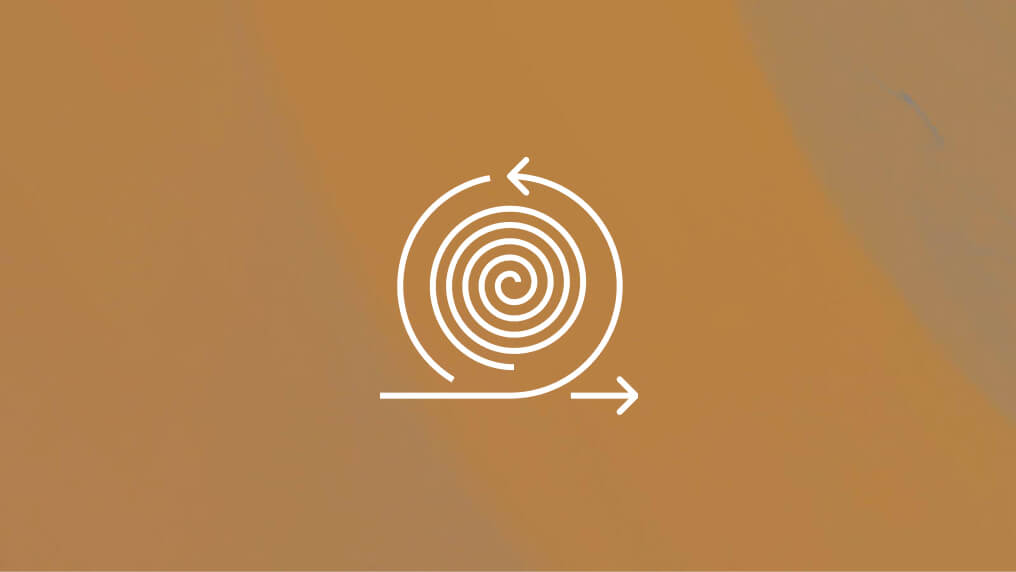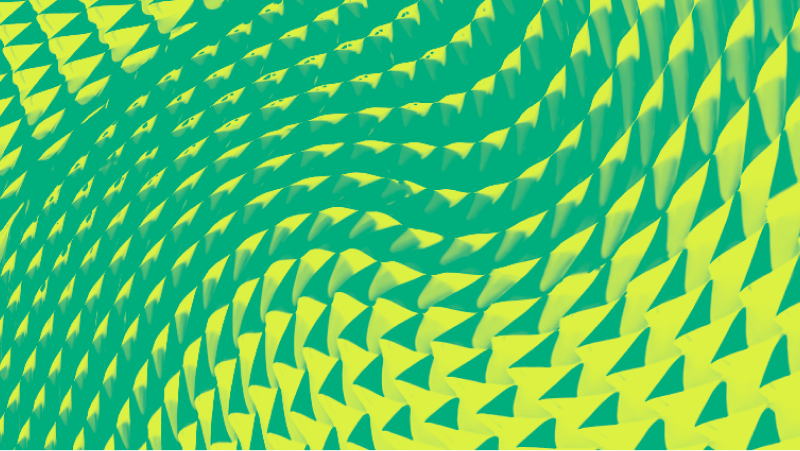Learn how to design feedback loops – creating a hypothesis of what you hope to learn about your product or service, articulating what evidence you think you need, and planning how you will capture that data.
Embedding mechanisms to gather feedback before you release your product or service will allow you to gain insight long after it has left your immediate control, enabling continuous and agile learning. This will be valuable both to your end users, other users in the chain, and the strategy of your business.
Steps
Step 1
Using this worksheet, list out all of your hypotheses for your prototype (the expectations you have for your product, but ultimately still need to test and learn about).
Step 2
Then add in the evidence you need to validate these learnings. What type of feedback will help you uncover what you set out to learn?
Step 3
Next, how do you plan to gather this data? How will you 'instrument' your design to capture the information you need? Below are some examples of ways to collect data you might consider:
Interviews
(you interview your users about their experience)
Surveys
(you poll your users based on their experiences)
Forums
(you observe what users say about your product on social media or other forums)
Analytics
(if your product has a digital component, you track user behaviour on the backend)
Data Exhaust
(you leverage technology such as cookies and other data generated as a by-product of people’s online actions)
Sensors
(you embed sensors in your product to track usage).
Step 4
Lastly, consider how what you capture might evolve over time. As you scale, you may consider increasing the amount of automation in your approach.
Step 5
Use this process alongside the prototype activity to make sure your prototypes are set up for success and that you are able to capture the data you require to maximise your learnings.

Circular Design Guide
This page is part of the Circular Design Guide. Get an overview of the project, or dive straight into our activities to help you understand, define, make, and release circular innovations.

